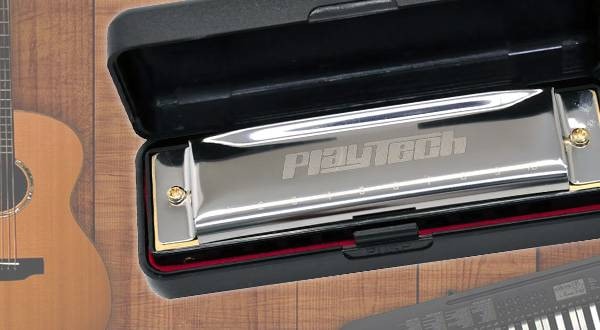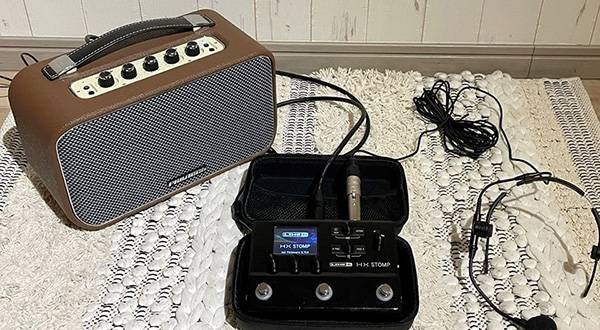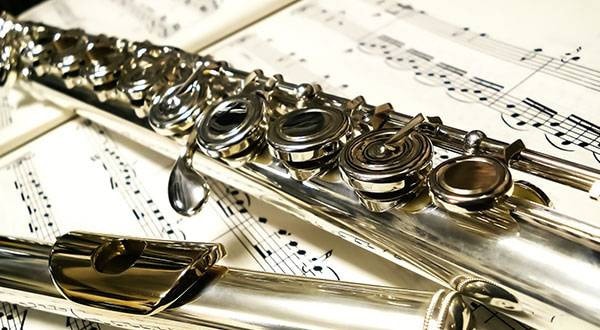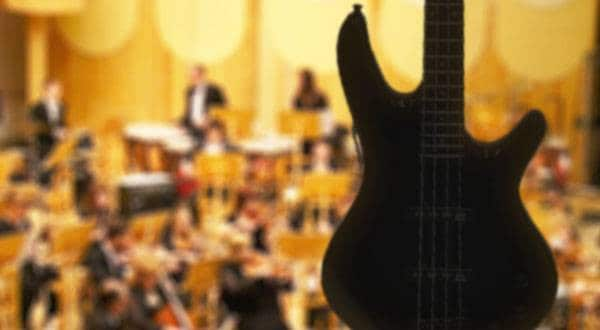Do you know about British brass bands?
In Japan, wind orchestras are well-known, but many pieces arranged for wind orchestras are originally from British brass bands. Without realizing this, you may have already played some British brass band pieces.
Here are some recommended British brass band pieces for you!
What is a British Brass Band?
A British brass band is composed of brass and percussion instruments, commonly seen in the UK and European countries. Unlike wind orchestras, the brass instruments do not face the audience but play in a U-shape position facing each other.
This setup allows for a unique blend of sound on stage that reaches the audience with a soft and beautiful tone, different from wind orchestras.
Another feature is the use of rare brass instruments like the alto horn, baritone horn, cornet, and flugelhorn, which are not commonly used in wind orchestras.
The flugelhorn, with its soft and beautiful sound, is particularly delightful. I have experience in a British brass band, where I played the trombone. Unlike brass bands and orchestras, the sheet music looks black! (In other words, it is difficult and detailed with lots of notes) Since the phrases for the trombone part are as detailed as those of piston instruments, I practiced individually so hard before playing in the ensemble. Additionally, all trombone parts except for the bass trombone are written in treble clef, which can be challenging for trombonists who are accustomed to bass clef. However, you’ll be able to quickly get used to it! Personally, as I was familiar with the tenor clef from orchestra playing, I didn’t struggle much. Just think of it as the tenor clef with two flats as a default.
Now, let’s get onto the main topic!
Here are some recommended British brass band pieces that you should definitely listen to.
“Orient Express” by Philip Sparke
It’s hard to express what the opening trombone melody is like, but maybe ‘brilliant’ and ‘dazzling’ suit the best. This piece by Philip Sparke was inspired by the luxurious train, the Orient Express. The whistle at the beginning mimics the train starting, and the breathy ‘hoot’ at the end represents the train stopping. The careful depiction of the train makes this piece enjoyable both to listen to and to play.
“Music of the Spheres” by Philip Sparke
This piece is very challenging, marked as Grade 6, and spans seven movements, lasting about 20 minutes. Each movement has a theme: t=0, Big Bang, Lonely Planet, Asteroids & Shooting Stars, Music of the Spheres, Harmonia, and The Unknown. Sparke’s ability to perfectly express these themes is remarkable. The final movement, The Unknown, features intense activity from each instrument, creating a sense of frozen time and immense energy. It’s literally ‘the unknown’.
“Merry-Go-Round” by Philip Sparke
This video showcases an interesting performance with the musicians spinning around as they play, which looks fun but is quite tough.
The melody shifts continuously, reminiscent of a merry-go-round, making it a delightful piece to listen to. Its short length makes it perfect for concert openings or encores.
Did you enjoy my recommendations? All these pieces are my favorite pieces for British brass bands. As some of you might notice, all three pieces are composed by Philip Sparke. Yes, I am a huge fan of his! His music captivates me with its expressive melodies and harmonies, and he is one of my favorite composers.
The real charm of a British brass band lies in its live sound. I highly recommend experiencing the powerful and expressive music created by only brass instruments at a live concert. You might just become a fan!

















 プラスチック管楽器特集
プラスチック管楽器特集
 デジタル管楽器とは
デジタル管楽器とは
 PLAYTECH 管楽器特集
PLAYTECH 管楽器特集
 トロンボーンの選び方
トロンボーンの選び方
 トロンボーンとは
トロンボーンとは
 サウンドハウス虎の巻 管楽器入門ガイド
サウンドハウス虎の巻 管楽器入門ガイド















